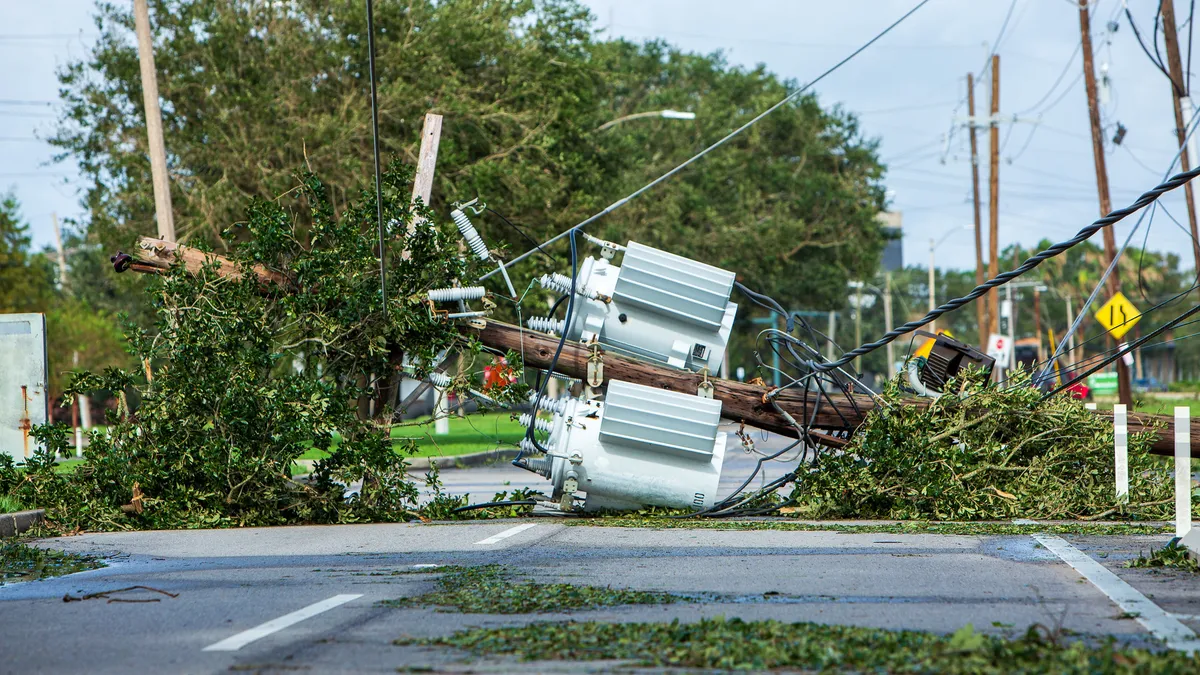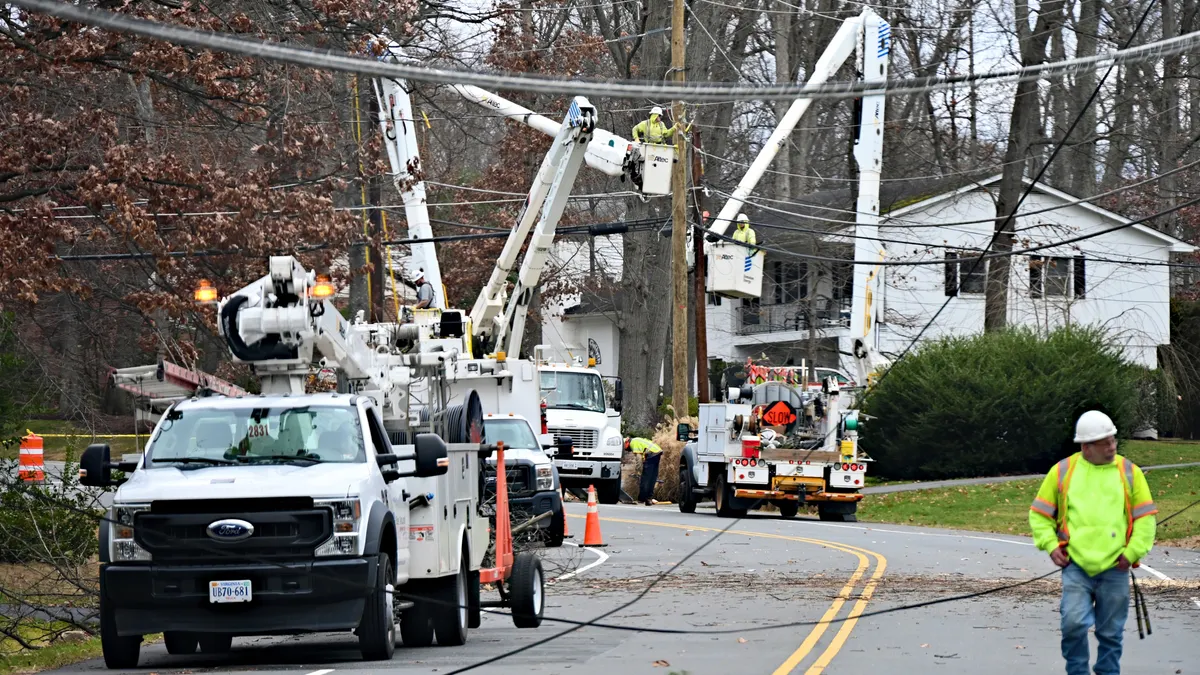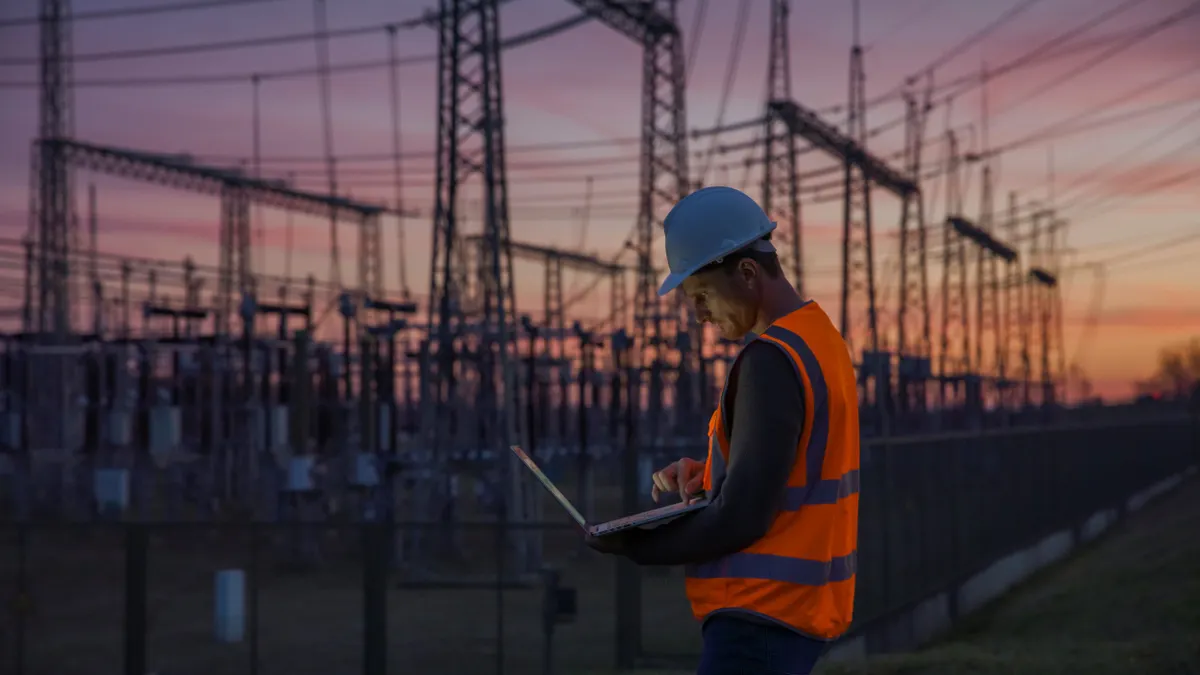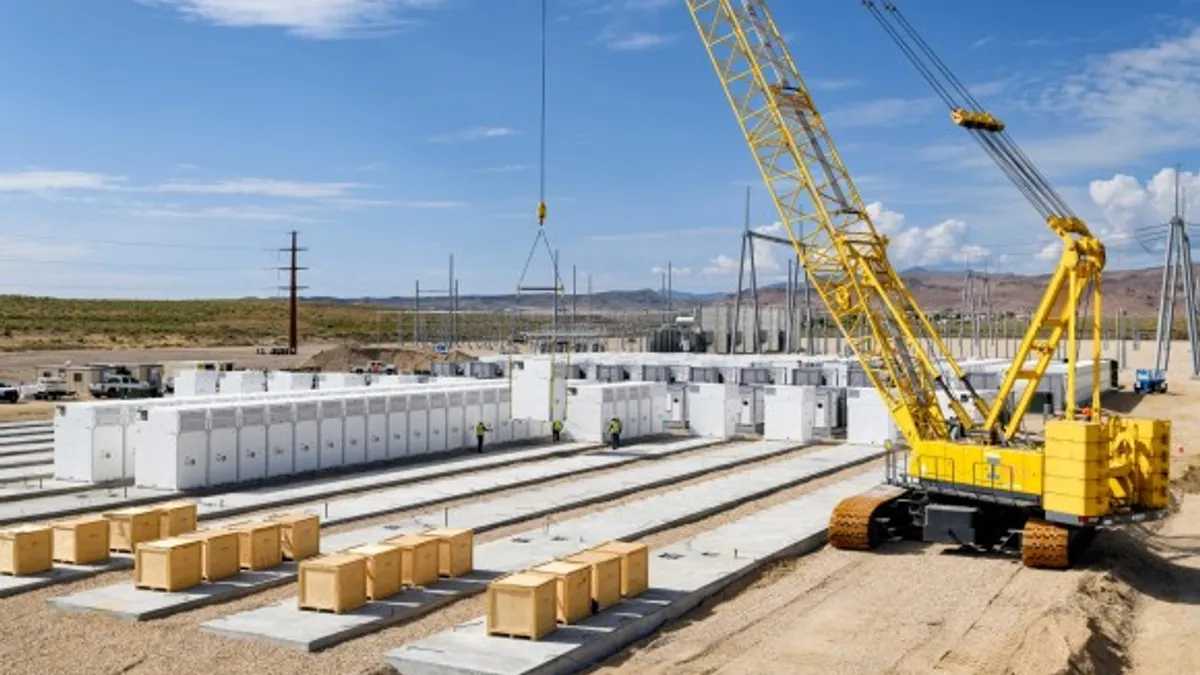Barbara Tyran is director of the Macro Grid Initiative at the American Council on Renewable Energy.
A Michigan utility recently pledged to strengthen its grid after an ice storm shut off the lights for hundreds of thousands in a days-long outage. In late 2022, grid operators in the Mid-Atlantic and South asked residents to conserve power, and some even conducted rolling blackouts because of the harsh weather. And, perhaps most egregious of all, a deadly winter storm wreaked absolute havoc on the Texas power grid in February 2021.
It’s undeniable: extreme weather is increasing in frequency and intensity, and the U.S. power grid remains ill-equipped to handle it.
Extreme weather — hot and cold — has tested every source of electricity generation the last several years, leading to unexpected plant outages. But there was a lesson to learn during Winter Storm Uri: grid operators with strong connections to neighboring regions were able to keep their lights on, and Texas, with its isolated grid, could not provide heat or electricity for millions over a days-long outage.
Why? States in the Great Plains and Midwest imported power from unaffected regions through interregional transmission lines, while the Texas grid operator was forced to institute rolling blackouts across its system. During the storm, the grid operators in those regions were able to import more than 15 times as much electricity as the Texas grid operator.
This helped keep the lights on for thousands of homes and delivered significant cost savings for electricity customers in those states. The Lone Star State could have saved nearly $1 billion and powered 200,000 homes with just one additional gigawatt of transmission capacity between Texas and the Southeast, according to an analysis we produced with Grid Strategies. Moreover, consumers in the Great Plains and Gulf Coast each could have saved roughly $100 million for each additional GW of transmission ties.
Additional transmission capacity would have also protected consumers from rolling blackouts and surging power prices during the recent Winter Storm Elliott, allowing regions to import and export more power as the storm traveled across the country. Recent research found expanding interregional transmission capacity by a GW between various pairs of systems could have delivered anywhere from $6 million to $95 million in benefits.
The inability to transfer power between neighboring geographies in the U.S. is unfortunately too common. An analysis from the Niskanen Center concluded that much of the U.S. has “dangerously low levels” of capacity to transport electricity between regions to help meet peak demand, making the grid increasingly susceptible to adverse weather events. Only one interregional border examined had an adequate ability to transfer power, according to that study.
Although the Federal Energy Regulatory Commission has launched proceedings within the last year to address barriers to strengthening and expanding the nation’s transmission system within existing grid regions, the U.S. currently lacks a plan for ensuring power transfers between those regions. Meanwhile, the European Union has set an interconnection target of at least 15% by 2030, meaning that each country would have developed infrastructure to export 15% or more of its generation to other nations.
FERC recently held an initial workshop to discuss establishing a federal standard that would require a minimum amount of power to flow between regions. However, more needs to be done. The federal regulator should require that neighboring regions plan for a minimum amount of interregional transfer capability to ensure storm-affected areas can access a reliable power supply even when local generators come offline.
More broadly, FERC, governors, state regulators and utilities should focus their efforts on interregional transmission development by encouraging investments that will yield significant long-term benefits. Instead, much of today’s transmission spending is focused on smaller-scale, localized projects. While these investments may help with local reliability, a requirement that neighboring grids can transfer a minimum amount of power seems prudent. It also would pay dividends.
Grid operators have confirmed that connecting large geographic areas with transmission can save billions of dollars annually by reducing the need for power plant capacity. Further, the National Renewable Energy Laboratory determined that every dollar invested in interregional transmission could return up to $2.50.
Extreme weather in any region should not bring daily life to a grounding halt. The U.S. can build out its transmission system to ensure that weather-affected areas can always bring in power from other parts of the nation, meaning reliable electricity year-round.
As we have learned from recent storms, the stakes are simply too high not to act. We need a grid that's bigger and more powerful than the weather.





















